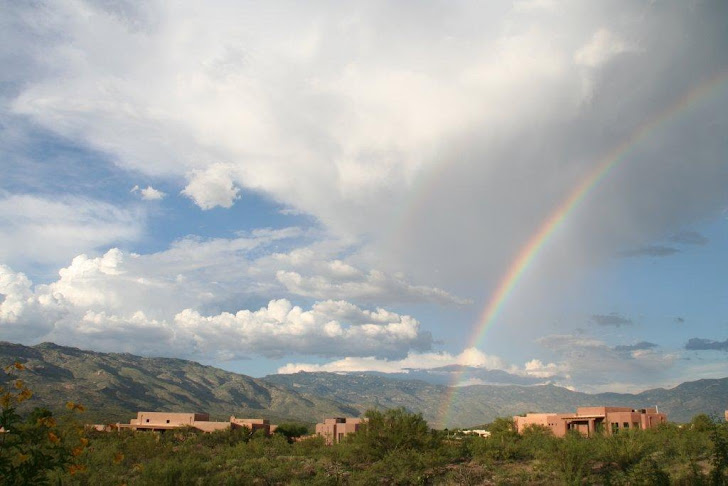In the latest issue of the Reading Research Quarterly the
lead article reports an attempt- one of many- to test Phil Gough’s “Simple View”
to make reading simple so it could be
studied simplistically.
I’ve written Linda Gambrell and Susan Neuman , current
editors, to raise some of the issues.
Psychological researchers in reading have a long tradition
of avoiding the simple fact that reading is language. Mainly that’s because
they have not wanted to take the time to learn some basic linguistics. But it’s
also because the most importance aspects of language- are not amenable to use
of the experimental method they have locked themselves into. You cannot permit
one aspect of language to vary (the variable)
while holding the rest invariant. Language is a dynamic process that works so
well because it is so flexible- changing, ambiguous and redundant.
Gough believed reading ability could be reduced to two
factors: word recognition and listening comprehension. The authors of the RRQ
study as have most of those trying to make reading simple know that’s not
enough so they through a few more tests in the statistical meat grinder which
make his formula a little (or a lot ) less simple. But all that does is make the
absurdity of the quest for simplicity a bit less obviously a failure.
What makes this whole attempt to turn a sow’s ear into a
silk purse so absurd is that it isn’t necessary. Language is easy to learn
regardless of its complexity. Virtually all kids are using one or more
languages successfully by age three with no instruction. And three year old digital
natives are learning as easily to read and write as they happily text each
other.
Here’s my letter:
To the Editors
Susan B. Neuman
Linda Gambrell
Reading Research Quarterly
Dear
editors:
For a few
minutes when I started to read the lead article Learning to Read: Should We Keep Things Simple? in the current
issue of the Reading Research Quarterly I thought they were reprinting a piece
that had been published in 1965. It certainly would have fit right in with the
main stream research of the time although my first research article, “Cues and
Miscues in Oral Reading” was published that year which showed that even first
graders could read most of the words in the context of a story that they
couldn’t read from a list. And there is nothing simple about that.
Given
what has been learned about reading in
the half century since 1965, I would have thought that correlating scores on a
WHOLE BUNCH OF TESTS to test whether a simplistic -excuse me simple view- of
reading was useful or not would not have been considered publishable in RRQ. I also found it curious that the authors say
that the simple view is word recognition
and listening comprehension but their introduction to the issue the editors
call these two – what factors/skills/ aspects/ measurable parts?- decoding and language comprehension as if these were equivalent
terms. None of the tests used in the
article were claimed to measure such factors. Isn’t reading comprehension
language comprehension. If so then aren’t they correlating language
comprehension with language comprehension. If not, are they saying that reading
is not language?
The
authors used a lot of tests- a lot of tests. But are the tests testing what
they claim to test? Are they equally
valid for all subjects? Do they have floor and ceiling effects? Are the scores
normative or ipsative? In effect isn’t this a case of GIGO –garbage in garbage
out?
And
should we accept the conclusions that elaborating on the two factors making
them less simple would make the simple view more useful? What would that mean?
If scores improve on the tests that measure the simple view will children learn
to read?
Or
let’s ask the most important question: by treating learning to read as
something simple have we made it simple?
In
the last 50 years we’ve learned two facts about learning language (including
reading) that may surprise the authors and the editors. One is that language
isn’t at all simple in fact it’s so complicated no linguist has a complete
system for describing, let alone explaining, language. But fact two: language
is easy to learn: almost all children by
age 3 have gained functional use of language without instruction. Many third
world children have learned several languages just as easily.
There’s
no way to make language learning simple. But there is an easy way to help
children to learn to read. It is to make the way they found it easy to learn
oral language work for them in learning to make sense of written language. Written language is learned just as oral
language is learned- in the process if using it.
Six editions of Theoretical Models and Processes of Reading
(ILA/IRA) have presented more enlightened views of how reading works – and how
it is learned- than this simple minded article.
And teachers know better that reading is neither simple nor
hard to learn except when it’s turned into abstractions on silly tests that
have nothing to do with making sense of print.
Ken
Goodman

